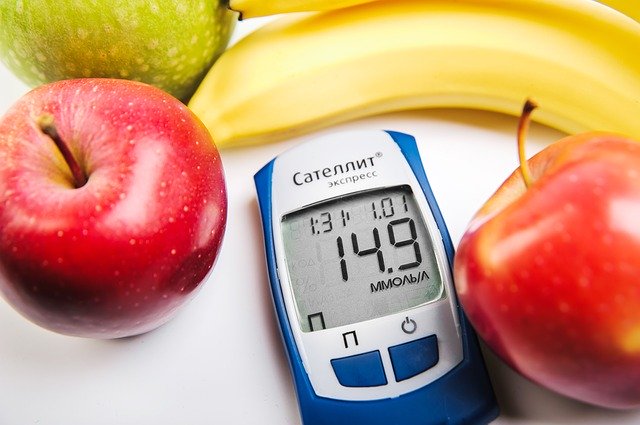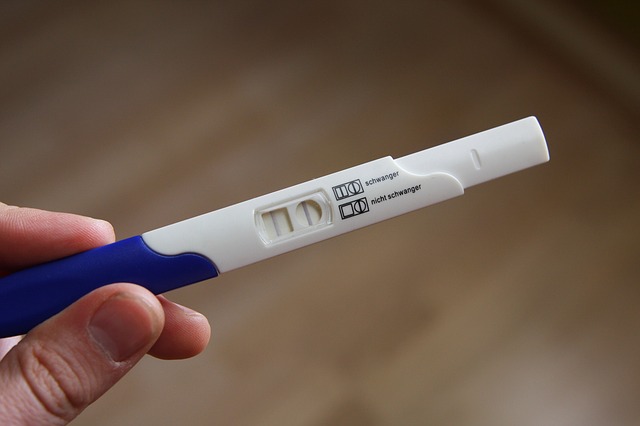Gestational Diabetes Mellitus (GDM) is the development of high blood sugar in women during pregnancy who were otherwise not diagnosed with diabetes before conceiving. It occurs around the 24th week of pregnancy and usually presents with minimal symptoms. If left untreated, it could result in health risks to the mother and foetus.

Risk factors for developing GDM
Women who are at a greater risk of developing GDM include:
- > 25 years old when pregnant.
- Having parents or siblings with type 2 diabetes.
- Already having slightly elevated blood sugar levels prior to conceiving.
- Having high blood pressure.
- Had a previous pregnancy where:
a) The baby was born > 4kg
b) There was an unexplained stillborn
c) Having a BMI > 30 kg/m².
Complications of GDM
Some complications of GDM would include “large for gestational age” (LGA) infants, pre-eclampsia (new onset high blood pressure and protein in urine), premature or caesarean delivery and stillbirth. The infant will also have a higher risk of breathing difficulties, low blood sugar and jaundice upon delivery.
⇒ Related Read: Jaundice In Babies
In the future, the infant would also have an increased risk of developing diabetes and obesity. It is important that women with GDM follow the advice of their obstetricians to reduce the risk of these complications.
What can expectant mothers do to lower the risk of GDM?
Women who are at risk of GDM should follow a healthy diet that focuses on foods that are high in nutrition and fibre and low in fat and calories. This consists of mainly fruits, vegetables and whole grains. They should also limit large meals and highly refined carbohydrates, including sweets and preserved snacks. Foods that provide a low glycaemic index or affect blood sugar less include:
- Beans, if using the canned type do drain out the brine as that contains high amounts of sodium
- Citrus fruits (Orange, Lemon, Lime)
- Green leafy vegetables (Spinach, Kale, Kai Lan)
- Berries, which also contains antioxidants
- Tomatoes
- Whole grains and nuts (Oatmeal, walnut and flaxseed)
- Fish high in omega 3 fatty acids (Cooked salmon)
- Fat-free milk and yoghurt
⇒ Related Read: A Diet For Diabetic Pregnant Mothers

They may also work with a dietician to come up with an appropriate meal plan comprising of these foods.
Regular physical exercise is important not only to control blood sugar but for the overall health of the mother during pregnancy. It is recommended to start on moderately vigorous exercise such as walking or swimming for at least 30 minutes a day, on most days of the week. One should consult their obstetrician first before doing so.
⇒ Related Read: What Not To Eat During Pregnancy

Self-monitoring of blood sugar might also be recommended by the obstetrician if the mother is diagnosed with GDM. It is carried out about 4 times a day, before and after meals to ensure blood sugar levels remain in an acceptable range. The finger is first pricked to draw blood. The blood is then placed on a strip to be read by a machine which will show the sugar level in the blood.
In one study, Calcium and Vitamin D supplementation has been shown to reduce blood sugar in women with GDM, with other benefits such as reducing bad cholesterol and strengthening bone health. The recommended strength would be 1000mg of calcium carbonate or equivalent and 400IU of vitamin D daily. However, more studies may need to be done to affirm this result. Always check with your obstetrician before starting on any supplements.
What happens after pregnancy?
Most women with GDM will have their blood sugar levels back to normal after pregnancy. However, about 40% will be at risk of developing GDM at their next pregnancy. Women who have had GDM will also have a five to ten-fold increase in the risk of developing type 2 diabetes later in life.

To prevent the recurrence of diabetes, lifestyle interventions such as physical exercise and diet control to maintain a healthy weight are recommended. Women should also be encouraged to breastfeed their infants as this is associated with better blood sugar control.
Disclaimer: Information provided by the article is solely for informational purposes only and is not intended as a substitute for the advice provided by your physician, pharmacist or other healthcare professional. You should not use the information for the diagnosis or treatment of a health problem or disease. Always speak with your physician, pharmacist or other healthcare professionals before taking any medicine or supplement, or adopting any treatment for a health problem. Under no circumstances will Watson’s Personal Care Stores Pte Ltd be liable to any person for damages of any nature arising in any way from the use of such information.
This article is contributed by Colin Tang, Pharmacist, Watsons Parkway Parade.
Expecting a baby this year? We would like to invite you to join our Facebook group here for discussions on pregnancy, babies and more.
This article was first published in New Age Pregnancy.
* * * * *
If you find this article useful, do click Like and Share at the bottom of the post, thank you.
Like what you see here? Get parenting tips and stories straight to your inbox! Join our mailing list here.



























































